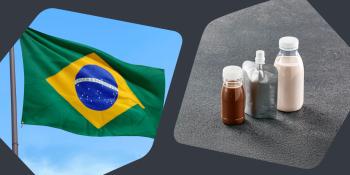
|Slideshows|November 5, 2015
- Nutritional Outlook Vol. 18 No. 9
- Volume 18
- Issue 9
Six Trends Driving the Sports Drinks Market
Author(s)Maureen Kingsley
New flavors, “healthy” energy, and clean labels help sports drinks keep up with the times.
Advertisement
Articles in this issue
about 10 years ago
Ingredient Identification in the Time of FSMAabout 10 years ago
Different Paths to Clean-Label Cocoaabout 10 years ago
Key Ingredients for Endothelial Functionabout 10 years ago
Is Endothelial Health Headed Mainstream?about 10 years ago
Natural Options for Osteoarthritisabout 10 years ago
Whey Protein’s Role in the Healthy-Aging Marketabout 10 years ago
Protein Isn’t the Only Game in Town for Sports Nutritionabout 10 years ago
Ultra-High Concentrates Are the Next Omega-3, SupplySide West ReportNewsletter
From ingredient science to consumer trends, get the intel you need to stay competitive in the nutrition space—subscribe now to Nutritional Outlook.
Advertisement
Advertisement
Advertisement
Trending on Nutritional Outlook - Supplement, Food & Beverage Manufacturing Trends
1
Artemis International: 30 Years of Science-Backed Berry and Botanical Innovation
2
Pycnogenol supplementation effective for lipedema symptom reduction, new clinical trial demonstrates
3
Certifications, Clinical Trials, and Consumer Trust: How SGS NutriSource Serves the Industry
4
A Leader for the Times: NOW Health Group's Jim Emme on Thoughtful Leadership
5





